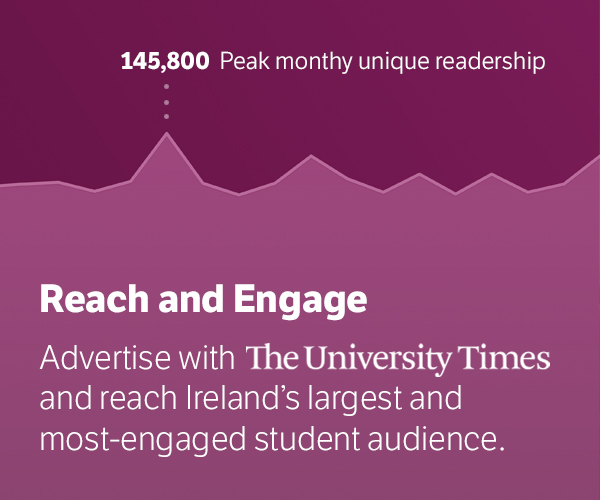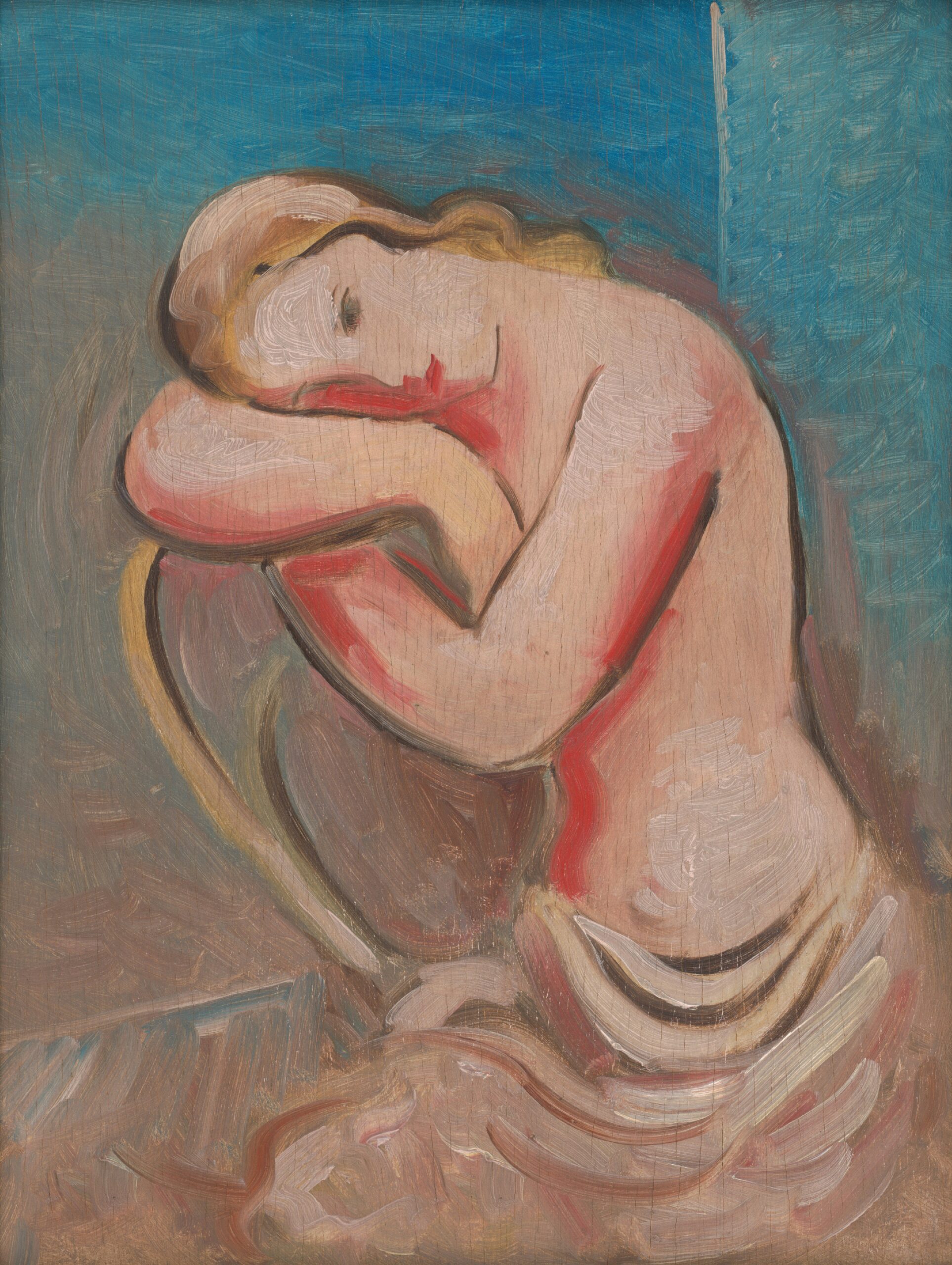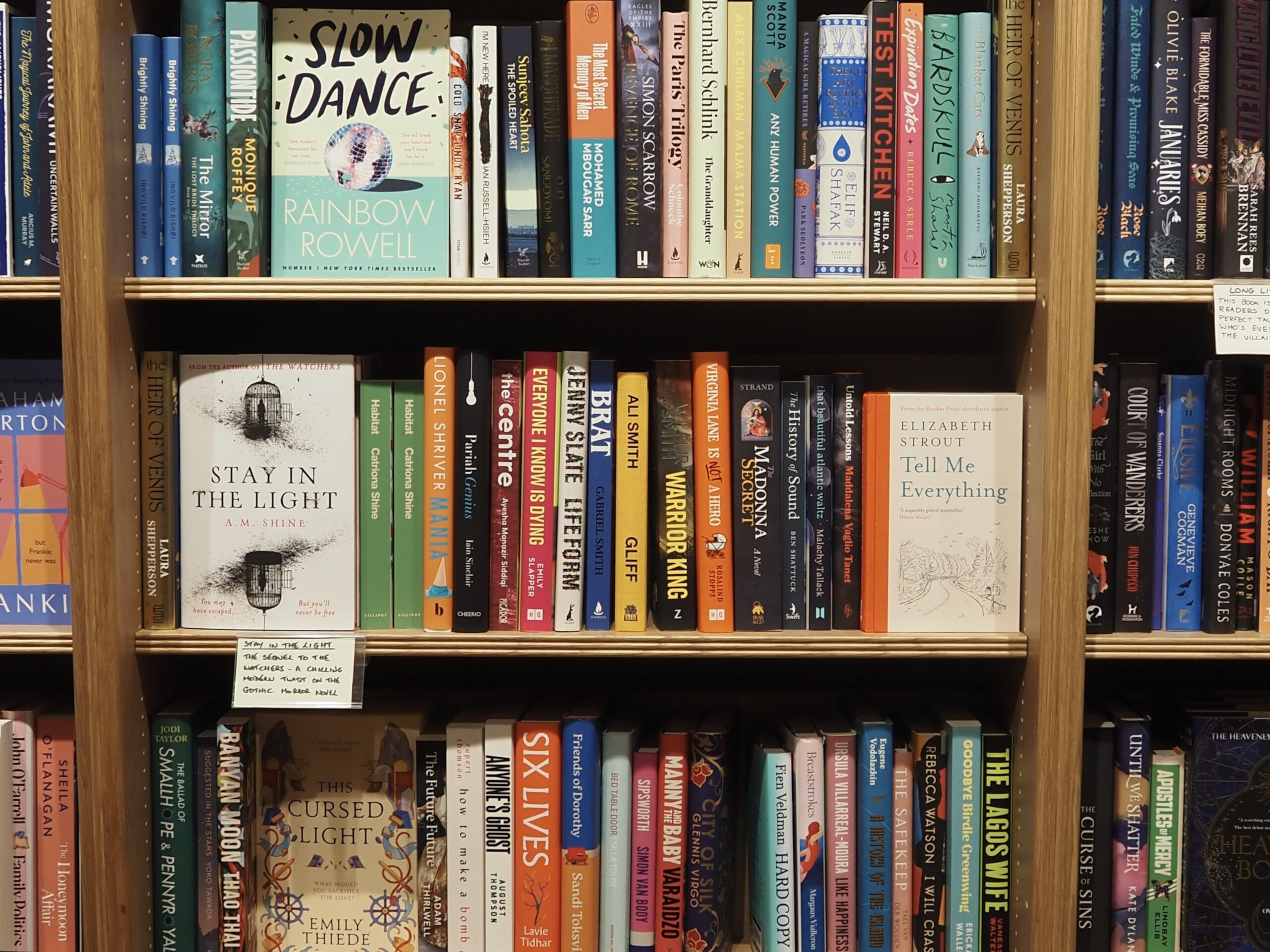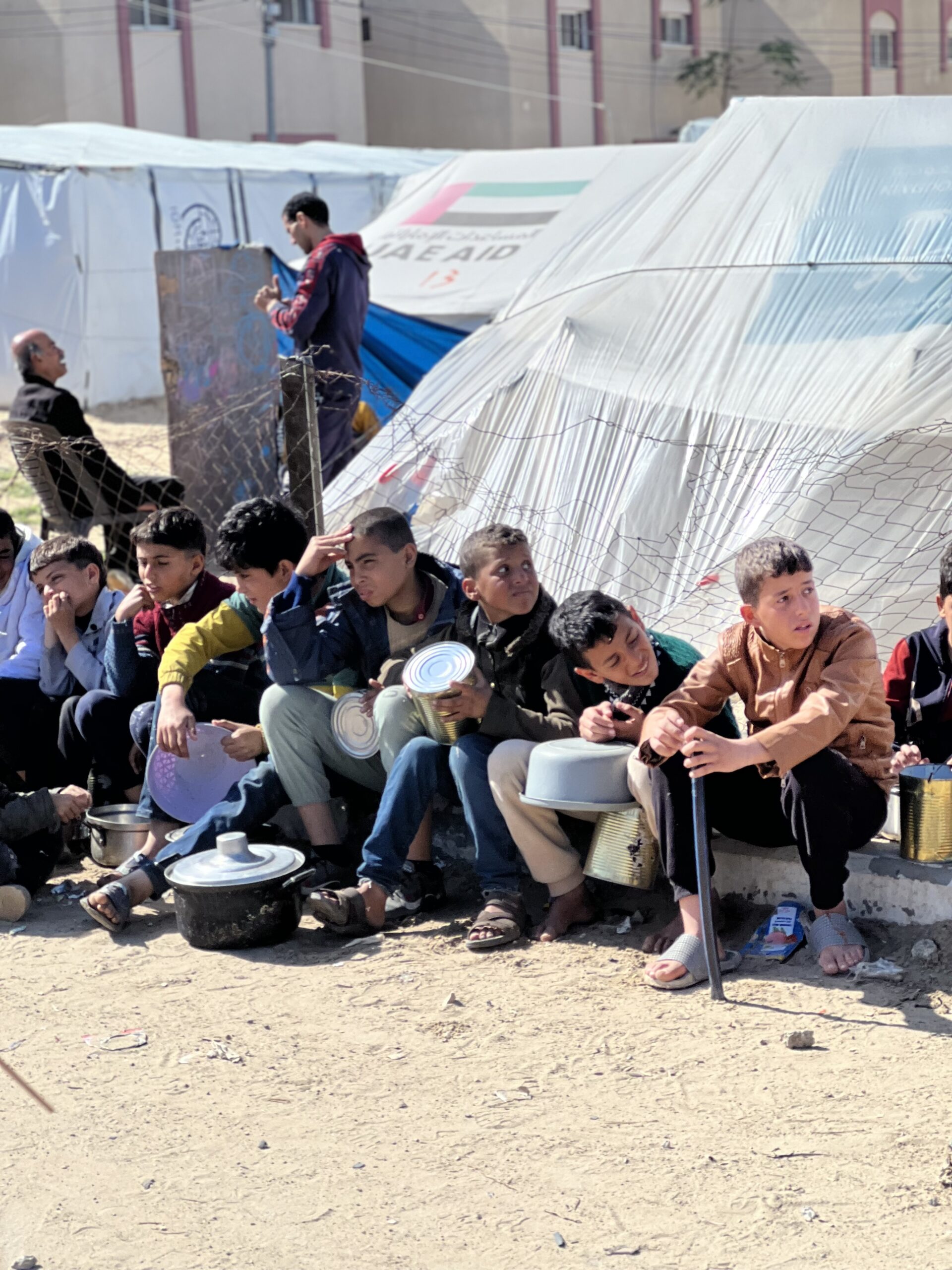There was a time when courtship hinged on chance encounters: bumping into someone at a party, noticing a cute guy in the Ussher, or asking for a number in the Pav Friday chaos. Today, those fateful meetings are often distilled into a single tap, a strategic photo lineup, and a complex system of data-driven matchmaking.
With an estimated 381 million people around the world using dating apps, it’s no surprise that this is now a multi-billion-dollar industry fueled by psychology, data, and a little help from the algorithms working behind the scenes. But how do these apps actually work, why do people get hooked on swiping, and what are the real odds of finding love online?
The Psychology of the Swipe
The heart of many dating apps, particularly Tinder, revolves around one simple action: the swipe. This isn’t random design; it’s a calculated decision based on psychological principles of instant gratification and reward. Each “like” or “match” triggers a dopamine rush, the same feel-good chemical release that occurs when you accomplish a goal or experience a surprise.
This quick hit reward system can become addictive. Users often find themselves swiping mindlessly, not necessarily in search of a real connection but chasing that next rush of validation. Add to this the concept of intermittent reinforcement – where you never quite know when the next match will come – and you have an almost casino-like atmosphere at your fingertips.
Tinder famously introduced this mechanism, limiting user profiles to a name, age, brief bio, and a gallery of photos. In a few seconds you form a snap judgement: yes or no, left or right. This simplicity is its power, it removes barriers to the point where the fear of rejection is overshadowed by the excitement of a potential match.
The Algorithm at Work
Under the surface, dating apps use ranking systems not too different from those used in online gaming. Early on, Tinder assigned each user a “desirability score,” inspired by a chess rating system called Elo. Basically, if people with high desirability scores swiped right on you (wanting to match with you), your own score increased more than it would if a lower-scoring user did the same thing. This score influences which profiles you’d be shown and who would see yours.
While Tinder has since pivoted away from a pure Elo model, modern algorithms still serve the same broad function: pairing users deemed likely to show mutual interest. Apps like Hinge introduce more subtle data points, factoring in mutual friends, shared interests, and prompts answered in similar ways. The platform calls itself the “app designed to be deleted”, aiming to facilitate more meaningful connections by highlighting compatibility over sheer volume. Rather than letting users swipe endlessly, Hinge encourages thoughtful interaction through conversation prompts, voicenotes, or “likes” on specific parts of a profile. Another dating app, OKCupid, uses detailed questionnaires to derive compatibility percentages, while Bumble requires women to message first, giving traditional dating power dynamics a rebalance.
Choice Overload and the Gamification of Romance
The premise of many dating apps is unlimited options – swipe as much as you’d like, see as many profiles as possible. In spite of that, choice overload can become a real obstacle to forming genuine connections. Studies show that when people are presented with too many options, they often struggle to pick any at all, or, once they do pick, they may regret the decision, wondering if something better was still out there.
This paradox of choice can inadvertently encourage users to treat matches as disposable. If a conversation stalls or doesn’t spark immediate chemistry, it’s tempting to return to the swiping cycle rather than invest time and effort into exploring the connection.
Furthermore, by incorporating points, scores, or daily “boosts”, many apps have turned the quest for love into a game. Elements such as “Super Likes”, specialised swiping events, or daily “Top Picks” create the illusion of levels or achievements. This gamified experience can be fun and engaging, but it also risks overshadowing the deeper purpose of finding companionship. The design pulls you in with novelty but can leave people feeling exhausted and dissatisfied over time.
Do Dating Apps Really Work?
For all the cynicism and stories of unmatched potential, many users do find fulfilling relationships online. According to a study by The Knot, around 27% of engaged couples in 2024 met through a dating app. The real success of these platforms often depends on:
- Intentions: Are you looking for casual fun, a committed relationship, or just a self-esteem boost?
- Effort: Sending thoughtful messages and following up on dates greatly increases your odds.
- Timing and Luck: Even the best algorithms can’t guarantee love – Sometimes it’s simply about matching with the right person at the right moment.
It’s also worth noting that different apps cater to different goals. While Tinder’s younger audience might skew casual, platforms like Hinge or Match.com are commonly viewed as more relationship focused.
Making the Most of Your Swipe
Rather than treating every profile as a fleeting moment in a never-ending queue, take a more mindful approach. Clarify your intentions, whether it’s casual or the real deal, let that guide your interactions. Make a profile that genuinely reflects who you are, authenticity can be refreshing and rare in the dating app world. Even small gestures, like asking a thoughtful question instead of a generic greeting, can lead to more meaningful conversations. Above all, remember that while apps and algorithms can streamline the search for love, it’s your openness, effort, and honesty that ultimately turn an online spark into an offline connection.







